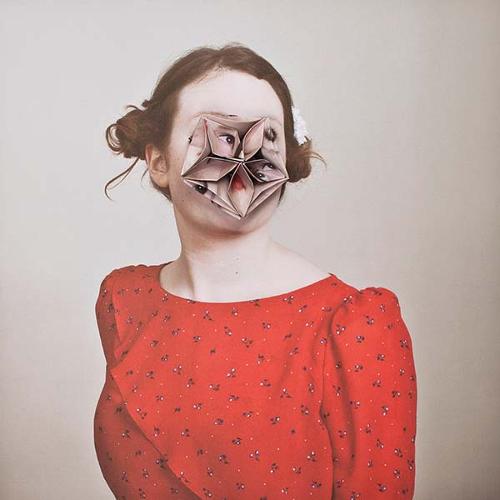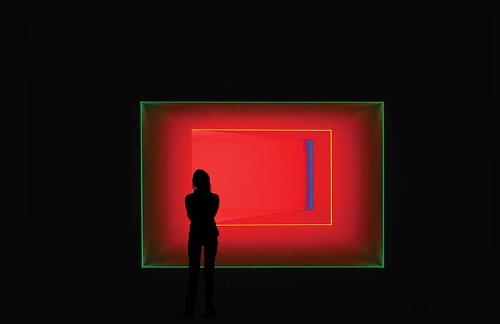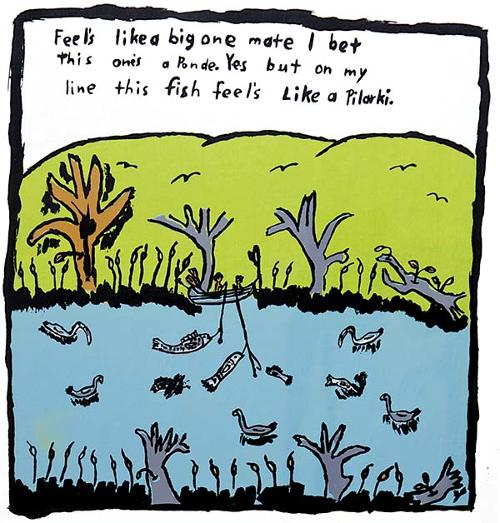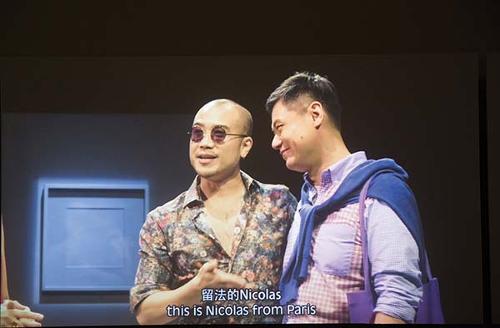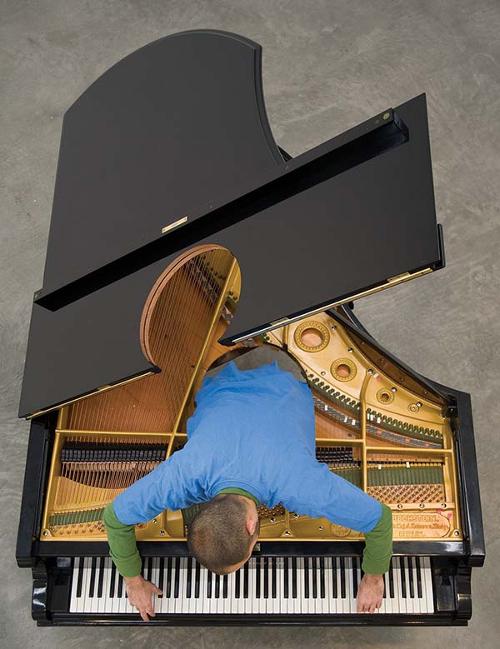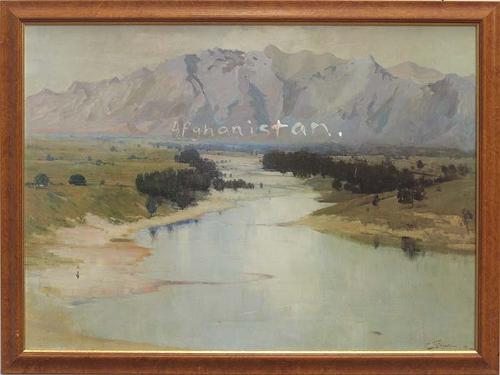.jpg)
There is no worse genre in contemporary art than the performance video, especially when it comes from Berlin. A woman, dressed in black, eats a watermelon, while pretending it is a telephone. A man, dressed in black, shaves half of his hair off. Melbourne's black-clad Mangano twins, Gabriella and Silvana, have long been in danger of falling into this awful genre, as they improvise movements that could at times be mistaken for contemporary dance. What has saved them has been their capacity to push the intimate narcissism of this type of video art into extimacy, as their near-identical faces and bodies trace out visual ideas in relation to each other. Their doubled performances do not so much reproduce a private language, as we might expect them to, as they illuminate forms through their doubled image, ciphering the expressive and surreal.
In the southern New Zealand city of Dunedin, the sisters have installed the results of a six-week residency that extends their practice into the landscape. The bodies of the twins are hardly visible on five screens that lie at angles to each other around the gallery. Movement is once again the subject of their work, as shots from a car window are synchronised with still and slowly moving objects and structures, repeated shapes and reflections. The whole installation loops in a precisely timed series of symmetries that are written into footage of bridges, fences and rocks.
This immersive and thoughtful meditation on roadside trips into rural New Zealand turns outward from their bodies, finding ideographs in the landscape rather than in gestures and postures. The strategies they had used for video performances are now an expanded cinema of abstract proportions. The sun shines through the same trees, but from different perspectives. White tape outlines farm gates, but in varying, oblong variations. A circular mirror reflects part-landscapes, reversed and juxtaposed onto grass, rock and bitumen.
In an era in which video art is ubiquitous, and performance a default, the Manganos have always been able to create enigmatic images without losing a sense of care and closeness. Here they extend their practice into a multiplicity of screens, and the subject of their work beyond the novelty of performing their identical appearance. Instead, the landscape assumes the place of their bodies, and the medium takes the place of performance, capturing the gaze with a multiplicity of angles, an assemblage of visual concepts.




